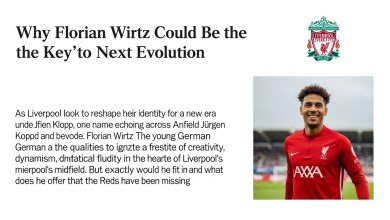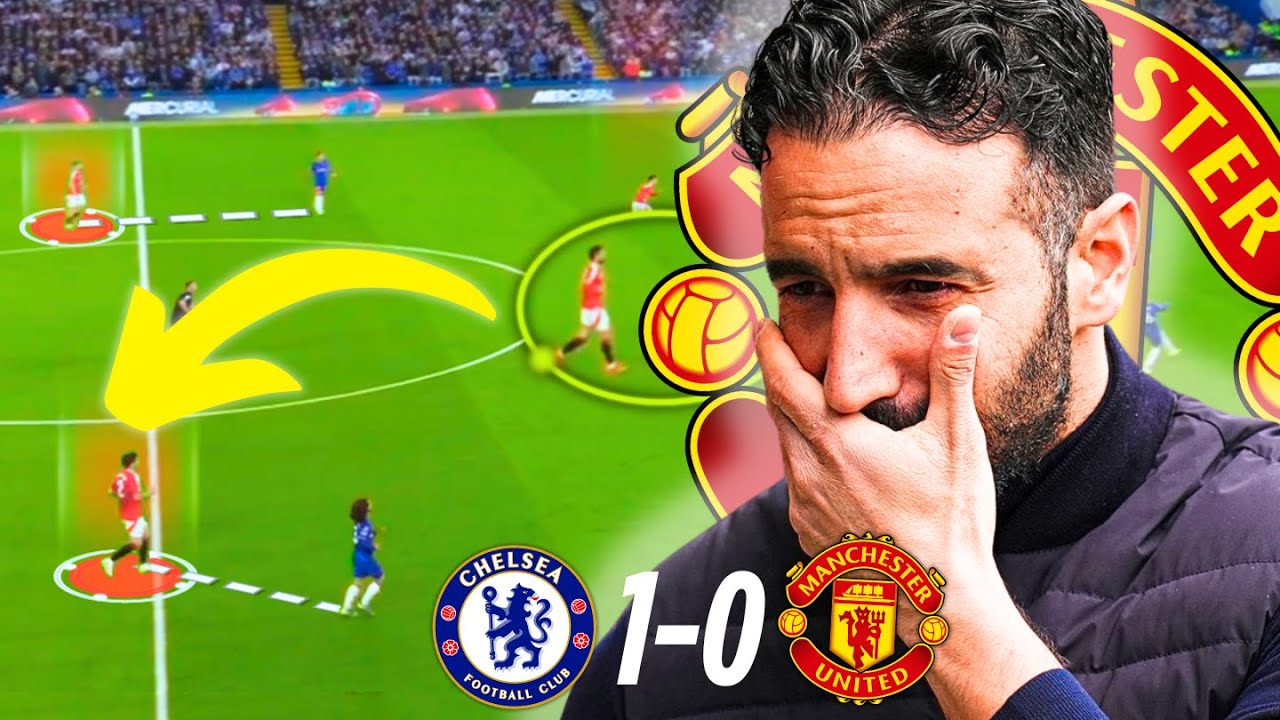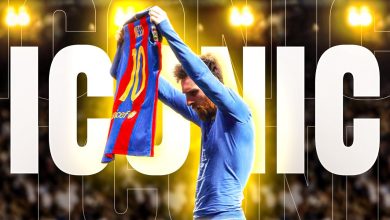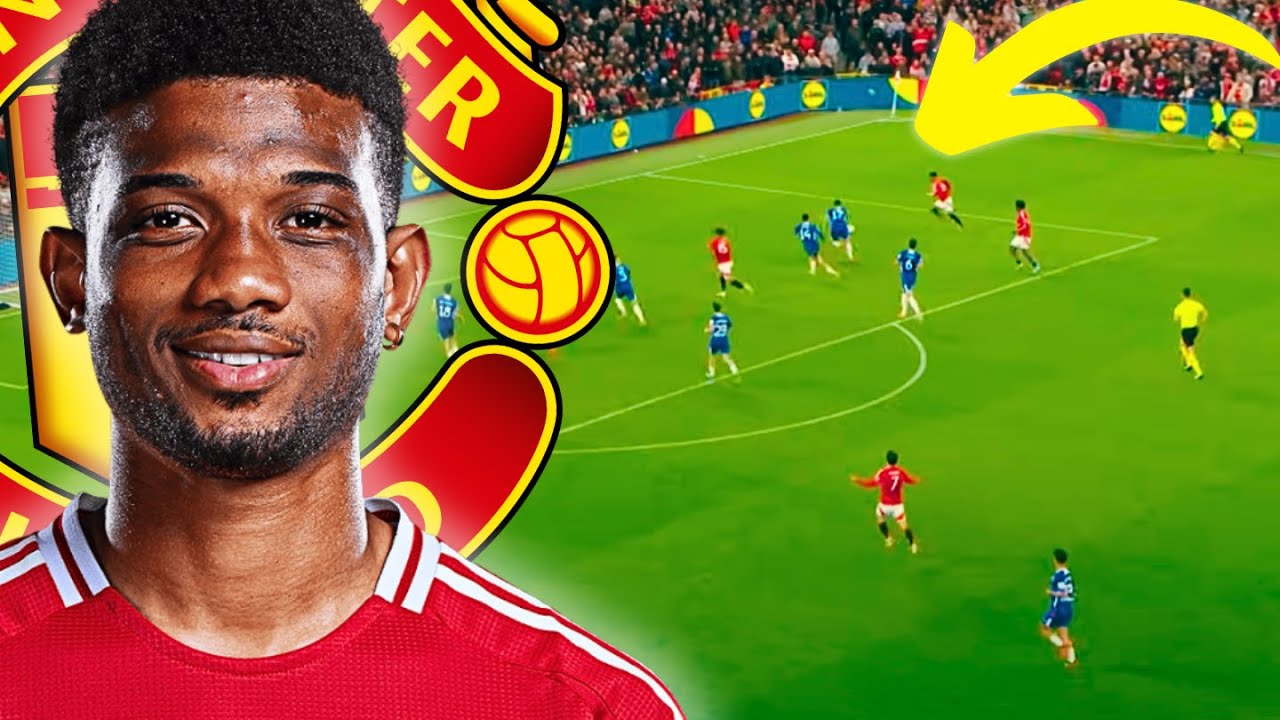How Salah, Mane & Firmino Brought Pep To His Knees
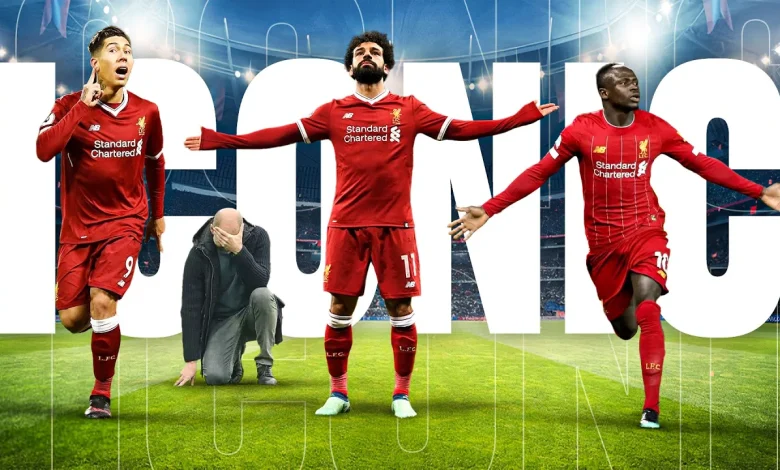
There are moments and matches that will be etched in the history books forever. Moments that define the start and the ends of eras in football.
And on the 14th of January 2018 was one such moment where a rejuvenated Liverpool would begin to emerge as the main domestic contender to Pep Guardiola’s well-oiled machine.
And this moment, the domestic re-emergence of the Reds, would be led by a front three that would bring Guardiola to his knees. Roberto Firmino, Sadio Mane and Mo Salah would put on a truly iconic performance.
Coming into the match, a quick glance at the table might have indicated that this would not be a close match, but anyone who had closely been following the league season knew that this wasn’t representative of the two sides’ abilities.
City were on a historic run and had been over-performing their expected points, whilst Liverpool, on the other hand, had been under-performing theirs, meaning the game may have been closer than first appeared.
Guardiola’s side came into the game in impeccable away form though, winning 31 of 33 points that season. But Liverpool were unbeaten in 17 matches, and new signing Virgil van Dijk was already beginning to impress after coming in when Coutinho had been sold. Add to that that the Reds had long been the bogey team to the Citizens and everything was up in the air.
But City’s own front three of Sané, Sterling and Aguero were scintillating and many pundits had them as pre-match favourites, especially with Salah only just recovering in time to make the matchday squad and the goalkeeping situation between Mignolet and Karius still being unclear.
But kick-off was here, the elegance of Pep Guardiola’s intricate mechanisms versus the aggression of Klopp’s heavy metal football. The Reds came out on a mission and the initial stages of the encounter were not even close.
City, as always, were looking to keep possession to quieten the Anfield crowd early on. But Klopp’s Reds were a pressing machine that looked to suffocate Pep’s men right from the off.
In possession, City were lined up in a 4-3-3 with De Bruyne and Gundogan looking to take up high positions between the lines. But neither Delph early on nor Walker inverted infield alongside Fernandinho, leaving him vulnerable.
And the front three of Liverpool led the press with an uncommon ferocity. Firmino, the hard-working Brazilian, was the leader in this sense and when City’s centre-backs were on the ball, he sprung forward to apply pressure.
Depending on which side the ball was, he would be joined by Mane or Salah, who would look to press the centre-back on the outside. But Liverpool knew that Otamendi was not as good on the ball as John Stones, so Firmino often pressed Stones first, forcing the lateral pass to Otamendi, meaning that Salah spent most of his time higher up pressing Otamendi, whilst Mane was deeper on the left.
This would have two effects:
Either Otamendi would be forced into a riskier central pass that could lead to a turnover,
Or it would force the back pass to Edison, where Firmino could then continue his press, often forcing City long.
Alternatively, if Firmino was the sole presser, Mane and Salah could concentrate on cutting the wider passes to the full-backs, funneling City’s play through the centre.
Although occasionally the wingers could be caught out with balls over the top to the full-backs. But for the most part, their press worked perfectly, forcing City to play central, which was less effective because the Liverpool midfield had backed up the press excellently.
Fernandinho would look like he would be in space, and many teams would have committed one of their higher midfielders to the press to allow their defensive midfielder to remain deeper to protect their space.
Klopp, however, did not want to risk leaving one of the dangerous free eights in room higher up the pitch, or leaving Fernandinho with the space to dictate.
So instead, Chan from the defensive midfield position was tasked with springing straight from deep to press Fernandinho to further constrict City’s central play.
This was only amplified by the Anfield crowd who were ravenous, especially when a former player Sterling got onto the ball, and their boos and jeers seemed to have a visible effect on the performance of Sterling, who had been so good throughout the season otherwise.
And it was after just 8 minutes that all of that Liverpool pressure told, with one of the front three, Roberto Firmino, playing a key role. Karius had the ball and cleared it to Salah, who challenged Otamendi aerially, and Firmino won the second ball off of Delphi, prodding the ball to Oxlade-Chamberlain.
The Ox drove past Fernandinho and the City midfield, with Salah’s wide movement meaning that Otamendi could not close him down. immediately. That split-second hesitation was all that was needed, and Oxlade-Chamberlain took aim from range, arrowing a shot into the bottom corner. 1-0 Liverpool, Firmino with the assist.
Liverpool made their early pressure pay, and in fact, this opening 10-minute salvo was the only time that the Reds had more possession than City. Pep Guardiola’s men, however, were champions for a reason, and they knew that despite the early setback, there was plenty of time on the clock. So City had to try and find solutions of getting into the midfield and past this man-to-man pressure from Liverpool.
The first solution was:
Dropping Aguero into the midfield, but Liverpool’s pressing shape could seamlessly shift.
When the ball made its way to Fernandinho, at times Chan would shift deeper, helping to cover this central region where Aguero was dropping.
But Firmino and his unstoppable engine were key, as he could then track back and apply pressure to Fernandinho, winning the ball back directly from him from behind several times before launching a lethal counterattack.
This deeper position from Firmino when retreating also meant that even when Gundogan looked to drop alongside Fernandinho to be the second outlet, a midfielder could follow him deep, knowing that they would still not be overloaded in the midfield regions.
So City began to look longer, particularly trying to play in Sterling over Robertson down the Manchester City right-hand flank. But for the most part, Robertson was able to deal with this.
So to adapt to this, Aguero changed his positioning. While he could have limited success dropping in centrally and holding off the centre-backs, when Chan was caught up higher, for the most part, the hyper-aggressive Liverpool centre-backs were able to deal with him.
So rather than dropping centrally, Aguero began to drift wider, investigating these spaces behind the wingers. The threat of his wingers running in behind would mean that the Liverpool full-backs would be tied up, and the centre-backs would be much less likely to follow him into these wide regions.
So Aguero would often be able to receive in this position and then potentially run into the spaces created. Occasionally, the City midfielders themselves could be found directly between the lines, meaning that a penetrating pass could find them the wrong side of the Liverpool midfield, allowing them to run straight at the City centre-backs.
But City’s free eights, being man-marked initially, also operated with more freedom at times, trying to find some room somewhere on the pitch.
So rather than being rigid in their half-spaces, they could also occupy the same side of the pitch when necessary, potentially creating an overload against their Liverpool men and opening up new passing lanes. Alternatively, with the wingers higher at times, this would force the entire Liverpool midfield across, opening up more space wide for the switch.
And the 39th minute unlocked just that. After winning the ball from a throw, Fernandinho dragged Chan away from the central zones. And after a scramble, the ball broke to Gundawan, who played it wide, forcing the Liverpool midfield to their left-hand side.
And this was one of those rare occasions that Danilo, on for Delf and Walker, inverted in this match, forcing the Liverpool midfield to focus on them and Fernandinho, giving De Bruyne temporary room in the half-space.
This extra room forced Joe Gomez narrower, and Walker spotted the switch to Sane. Gomez tried to shuffle out to stop the switch, but it was too late.
He had overcommitted. Sane brought the ball down perfectly inside him and attacked the box. With a shuffle, he made extra space in the box. And on his magical left foot, arrowed a shot into the bottom corner, leading to the goal.
Despite being on top for most of the half, the two sides went into the break even. Liverpool had impressed, but had nothing to show for it.
But despite having had less possession in that half, Liverpool were not solely dependent on the transition and could be just as dangerous in controlled possession. Firmino, as always, was wreaking havoc between the lines, consistently being the immediate outlet for Liverpool whenever City were looking to press.
And when he did get onto the ball, Otamendi in particular was hyper-aggressive and would often create space that Mane, for example, could exploit.
But in this encounter, the relationship between Firmino and Mane was particularly fruitful, as Mane was always willing to show between the lines so that he could receive, with Firmino taking up one of the more advanced positions.
Alternatively, with Oxlade-Chamberlain patrolling this space between the lines, Firmino wouldn’t even have to drop into the midfield, as Oxlade-Chamberlain could look to receive between the lines, and Otamendi, aggressive as always, would still leave space behind himself when he looked to press the Ox.
But it was what happened down the right-hand side that was more interesting.Joe Gomez was naturally more defensive than Andy Robertson on the left-hand side, and his deep position would help stem the threat of the electric Sane down that left.
But in Oxlade-Chamberlain they had a dynamic midfielder, also accustomed to playing wide. So when Firmino dragged the centre-back deep, the Ox could make the move down the outside, and this would free Salah to make that move into the centre, often into the space vacated by Otamendi, leading to many menacing situations for the Reds.
But this Guardiola side were used to controlling almost every minute of every match, so even at Anfield they looked to continue pushing forwards. And for a while, especially when they had the lead, Mane and Salah found themselves defending deeper.
But City looked to keep their midfielders high up in these half spaces, so as you can see, Fernandinho could be exposed on the transition. Usually a full-back or two would be inverting into the midfield to provide some additional support.
However, the threat of Mane and Salah in transitions from wide areas meant that Walker and Danilo were at times more hesitant to move into the centre.
What this meant is that when there were turnovers, Liverpool smelt blood. The Reds were an incredible team on the transition, and exploited this in various ways, with that front three being a fluid weapon that could change shape effortlessly.
Firmino could receive the first pass, and if a gap was immediately created, he could play the first-time pass round the corner. But if not, he could also effortlessly turn, with the pace of the wingers forcing the defenders deeper, and giving him space to run into.
Eventually, when they had to confront him, he would release the pass at the perfect time. But Firmino could also directly make the runs in behind, and this would push defences deep, and could create space central for Salah to attack, and he could be the one to receive and orchestrate.
But the physicality of Oxlade-Chamberlain was also a secret weapon. He had enough running power to explode past Fernandinho, meaning the front three could stay high, with the Ox being the fourth attacker. Even when it looked like they were in control, City were hanging on. And in a devastating ten-minute spell, Liverpool cashed in on all of their hard work.
In the 59th minute:
De Bruyne and Gundogan found themselves high up, isolating Fernandinho.
So when the ball broke, Oxlade-Chamberlain eased past the City midfield, and because Mane and Salah were already forcing the full-backs deep, there was room to run into.
Again, Firmino knew when to drop, but this time spotted the space in behind, and Oxlade-Chamberlain played in the perfect pass, as Firmino outpowered Stones.
Edison rushed, and Firmino composed himself, before lifting the most delightful finishes over Edison.
2-1 Liverpool. A goal and an assist for Firmino. The Reds were not done. Straight from kick-off, Liverpool set up in their pressing trap once again. Firmino forcing the ball to Otamendi, and a narrow Salah preventing the wide pass to Danilo, leaving only the central pass to Fernandinho free.
As soon as he received, Chan sprung forward from defensive midfield, forcing a stray pass. Mane pounced, and City just about escaped. Anfield ratcheted up the noise.
Straight from the resulting goal kick, City played out, but once again Liverpool filtered them into central regions. Gundogan deeper was attempting to support Fernandinho now, and the Reds descended on the pair, forcing Gundogan into a poor pass to Otamendi, who was always the press trigger.
His sloppy pass was cut out by Salah, and once again, with Walker wide, instead of inverting, Mane had acres to exploit. He made no mistake, getting on the end of Salah’s pass to finish into the top corner. A goal and an assist for Firmino, an assist for Salah, and a goal for Mane.
The crowd demanded more, and four minutes later, Liverpool obliged. City found themselves in the same position:
De Bruyne and Gundogan high up the pitch, even beyond Aguero this time, and the ball was lost.
On this occasion, Salah was the deepest, with Firmino remaining high and Oxlade-Chamberlain on the right.
Salah received, and as he had threatened all game, Mane ran in behind Walker on the transition.
Again, Edison rushed out and looked to have made the right decision making the clearance. Except he got no height on it, and Salah, as always, was still awake.
With one touch, he had the ball under his spell, setting himself up perfectly for the chipped finish from range. Anfield exploded.
An assist for Firmino, an assist for Salah, a goal for Firmino, a goal for Mane, and now a goal for Salah. Liverpool’s front three had put a dagger deep into the hearts of their biggest rivals, and put on a truly iconic showing. City were made of stern stuff, and of course never gave up, pulling goals back through Gundogan and Bernardo late. And despite a last gasp
chance for Aguero to equalise, the game was over. City would go on to win the league that season, but this encounter was a marker for the rivalry that would emerge.
o on to win the league that season, but this encounter was a marker for the rivalry that would emerge over the next few years.

